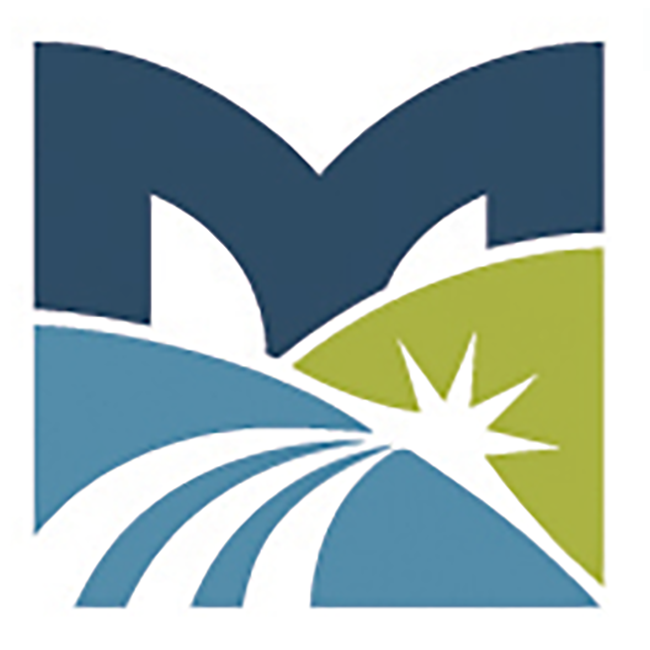School District Where Toxic Chemicals Lingered for Years Offers $34 Million Settlement to Families

by Lulu Ramadan, The Seattle Times & ProPublica.
A school district in Washington state has offered an extraordinary $34 million settlement to students and parents exposed to toxic chemicals that lingered for at least eight years on a public school campus.
The Monroe School District, northeast of Seattle, proposed the striking settlement in November under court seal, preventing the public from seeing the offer. However, the $34 million figure appears in a separate court document obtained last week by The Seattle Times.
In publicly available court documents, the school district did not accept responsibility for hazardous conditions on the Sky Valley Education Center campus, detailed in a recent Times investigation. Instead, the district defended its cleanup efforts on campus, saying it acted appropriately to remove toxic chemicals and inform parents.
Records show the school district was slow to clear out toxic material from the Monroe campus, even as pressure from parents and staff escalated and dozens reported illnesses. As early as 2014, Monroe School District officials found a mixture of harmful conditions at the school, including poor air ventilation and the presence of polychlorinated biphenyls, or PCBs, a banned, synthetic chemical that the Environmental Protection Agency has linked to some cancers and other illnesses.
Children and staff claimed they became severely ill, reporting hormonal problems, skin conditions, cancers and brain damage. More than 200 parents, teachers and students filed lawsuits against Monsanto, the manufacturer of the PCBs, for exposure to the toxicant at Sky Valley. Monsanto, which is now owned by Bayer, has gone to trial in two of the lawsuits, with juries awarding 11 plaintiffs a collective $247 million. Several other suits are awaiting trial.
Monsanto originally produced the PCBs, a chemical preservative used in light fixtures and caulking in Sky Valley’s 1950s- and 1960s-era buildings. The light fixtures at Sky Valley started failing in 2014, leaking oily, yellow PCB liquids into classrooms.
The school district has been slow to remove the PCB-laden light fixtures from the campus, even after the EPA stepped in to guide officials and encourage a swift cleanup. At one point, school officials certified in writing — and assured parents — that they had removed all PCB-containing material from Sky Valley, but an EPA inspection later revealed that wasn’t the case, The Times reported last month.
At least 15 of the King County Superior Court lawsuits, totaling 195 plaintiffs, also took aim at the Monroe School District, which opted to negotiate a settlement separately from Monsanto. The proposed settlement excludes Sky Valley staff who sued Monsanto, because Washington state law bars employees from suing their employers for negligence in most cases.
The $34 million offer is the maximum allowed under the Monroe School District’s insurance policy “in order to protect MSD’s finances and its ability to continue operating,” according to a statement the district provided to The Times last week.
The district called the settlement a “prudent action under the circumstances.”
It isn’t clear if the $34 million is the highest settlement payout for a school district in the state, but the sum is about half the total that the district’s insurance service, Washington Schools Risk Management Pool, paid out all of last year on claims, according to risk management records. Washington state schools enroll about 1 million students.
The Monroe School District, which serves about 6,000 children, has an annual budget of $93 million.
The $34 million settlement figure first appeared in a report by a special master, an outside judge tasked with deciding how the sum should be split among the 195 claimants.
The report suggests that those who were exposed to PCBs as children, some of whom are now adults, should collect the bulk of the payout. Adults who were exposed would get the next highest payouts. And family members of those exposed would collect the least.
About a third of the settlement would go toward attorneys’ fees and costs. After subtracting the fees, each child exposed would collect roughly $171,000; each adult exposed would collect about $58,000; and each family member of someone exposed would collect about $2,300, according to estimates in the report.
Many plaintiffs experienced “significant, profound damages which they will have to live with for the remainder of their lives and for which they deserve to be compensated,” wrote the special master, King County Superior Court Judge Richard McDermott.
Though McDermott is only overseeing the school district cases, he offered his opinion on the ongoing lawsuits against Monsanto, writing that the chemical giant “is going to have to get serious about a global settlement that is large enough that the plaintiffs will have to pay attention.”
Earlier this week, Monsanto filed a motion to strike elements from McDermott’s report or seal the report entirely and bar any parties from publicly releasing it. Monsanto, which claimed the report commented on topics that were still being litigated in trials, wasn’t involved in the Monroe School District settlement discussions.
“The anti-Monsanto statements in the report were not supported by any judicial fact-finding, not adopted by the court, and are damaging to a fair and impartial jury selection and trial process,” read a statement provided to The Times by Bayer, which in 2018 acquired Monsanto, explaining the request to revise or seal the reports.
King County Superior Court Judge Douglass North, overseeing the Sky Valley cases, hasn’t ruled on Monsanto’s request.
The cases have apparently pitted Monsanto and the school district against one another, with each party arguing that the other is to blame for the health crisis at Sky Valley.
McDermott wrote in his report that Monroe School District is “far less culpable than the product manufacturer.”
Monsanto, on the other hand, argued in court that the school district was repeatedly warned about PCBs but failed to take aggressive action.
To this day, the EPA is still working with the district on a cleanup, and Sky Valley, with about 700 students and teachers, remains open. In response to the Times story, Monroe School District said it prioritizes the health and safety of students and continues to work on remediation efforts. The latest PCB testing on campus, carried out in August by a district contractor, showed negligible levels of the chemical, according to school district records.
Experts say hazardous PCBs are likely lingering in aging campuses across the state and country, but Washington does not require testing school buildings for PCBs.
And though health districts are required to inspect campuses for environmental hazards, state law does not require enforcing recommendations or removing certain hazards — a gap that afforded school and health officials a defense against allegations of negligence at Sky Valley. State law also does not require school districts to disclose testing results to parents, students or teachers.
Those omissions have lingered despite the Washington State Department of Ecology flagging PCBs in schools as a priority in 2015, calling the hazard posed by the chemicals “especially concerning.” The department requested legislative dollars to survey schools and target potential hotbeds of PCB exposure, but because lawmakers delayed funding the request, Ecology only started surveying school districts last summer, starting with Eastern Washington districts.
Without a survey, there’s no way to know how many campuses across the state may be exposing students and staff to toxic conditions.
In response to the Times reporting on Sky Valley, state lawmakers and advocates plan to push for PCB testing and prioritize renovating or replacing older buildings. Legislators also proposed creating mandatory timelines for school cleanups and a working group to tackle environmental hazards in schools.
ProPublica is a Pulitzer Prize-winning investigative newsroom.
Sign up for The Big Story newsletter to receive stories like this one in your inbox.


